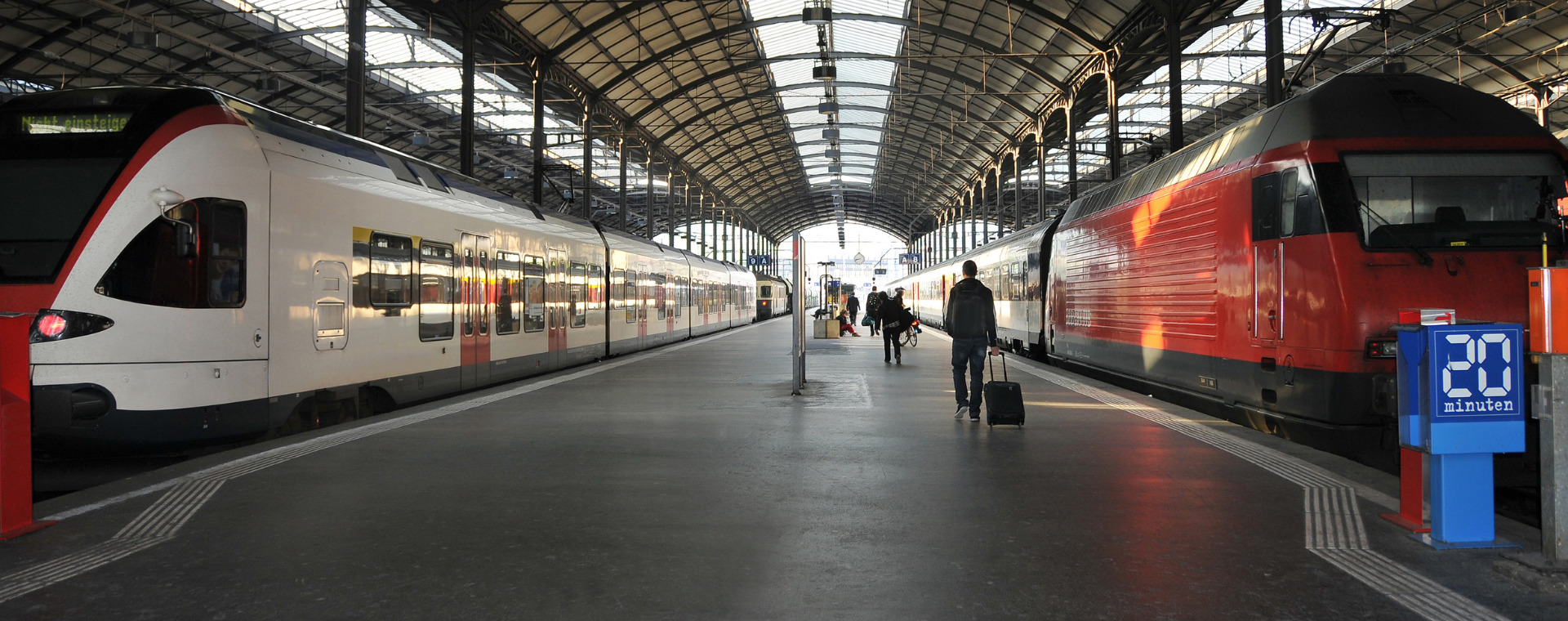
There has been a paradigm shift in the industry for passenger transport. Historically, many companies focused on completing journeys, moving a train or a plane from one place to another, whereas now the priority lies in providing a great passenger experience during their journey. Moving forward it is important to understand the context within which journeys are made and the impact this has on customers’ needs and expectations – the impact of a delayed journey is not the delay itself but the knock-on effect in other life experiences, being late to a meeting, missing the start of a West End Show or not being back in time to read your child their bedtime story.
To maximize revenue and leverage government investments in transport services, understanding the passenger experience is crucial (and looking at this within the broader context of human experience to drive understanding and customer-focused investment is vital to delivering next-level services).
By delving into every step of the passenger journey and analyzing customer interactions with the transport brand and its service delivery, companies can gain valuable insights and identify key touchpoints that significantly impact the overall experience.
The passenger journey is a complex process with multiple touchpoints that can either enhance or detract from the experience. From journey planning to ticket purchase, parking, platform/terminal navigation, boarding, and destination navigation, each interaction can play a pivotal role in satisfying or disappointing passengers. Factors such as physical conditions, feelings of safety, and the availability of staff support for individuals with disabilities or special requirements all contribute to the overall satisfaction of passengers. Understanding, meeting and, where possible, exceeding these expectations is essential for achieving high levels of satisfaction, driving modal choice and word-of-mouth advocacy.
Ticketing: are physical tickets a thing of the past?
One critical area of focus is the ticket-buying process. As digitalization continues to advance, traditional ticket office usage is becoming less common. This presents challenges in ensuring that all passengers, including those without smartphones or those who prefer to pay in cash, have easy access to the correct ticket at the appropriate fare. Complex ticketing systems can also erode customer confidence. It is imperative for companies to instill confidence in passengers buying tickets through other channels, ensuring they feel secure in their purchase and confident that they are receiving the right ticket at the correct price. The rail industry’s recent experience in trying to push through mass closures without addressing these fundamental concerns demonstrates the depth of feeling (not just on this issue but also on broader empathy towards those minority groups who could be impacted detrimentally by such changes).
Delays may not be as damaging to reputation as you think – but how they are handled can be
Reliability is of utmost importance in the transportation industry and can overshadow all other factors in the passenger experience.
Regardless of the cleanliness or comfort of a train, any delays in arrival or departure can have a detrimental impact on the passenger experience. It is crucial for companies to address how issues and delays are handled.
Studies have shown that passengers who experience delays but feel that they were well managed can actually provide higher overall journey satisfaction scores than those who were not delayed at all. This means, delivering exceptional performance in handling delays, providing clear communication, and promptly resolving issues can significantly boost the customer experience. Conversely, a poorly handled delay can have a profound negative impact on satisfaction levels.
There are very specific challenges faced by the transport industry in collecting key performance indicators (KPIs)
In terms of measuring performance, railway companies commonly utilize metrics such as overall journey satisfaction and the Net Promoter Score (NPS) to gauge customer sentiment. These KPIs provide valuable insights into the passenger experience and serve as benchmarks for measuring and improving performance.
However, gathering accurate and unbiased feedback can be challenging.
While surveys are a popular method, isolating specific incidents or journeys can be difficult, and online panels may introduce biases into the data (including misallocation of experiences across journeys or a tendency to focus on negative experiences, as well as a sample that is not representative of the entire user base, particularly in terms of minority groups such as the digitally excluded).
To ensure reliable insights, it’s helpful to collect feedback within, or as close to, a specific transport journey itself, for example utilizing methods such as pen and paper questionnaires on trains or email distribution immediately after, and making reference to, a known journey.
This feedback allows passengers to share their thoughts and suggestions, offering a comprehensive and representative view of the overall customer experience and allowing this to be tied back to specific journeys (allowing targeted improvements).
Understanding the customer journey and interactions with the touchpoints throughout these journeys is crucial for transport companies aiming to deliver exceptional passenger experiences.
By leveraging key performance indicators and employing effective research methods, transport services brands can confidently identify areas for improvement and provide better experiences to their customers, driving earned growth through repeat usage and word-of-mouth recommendations.





